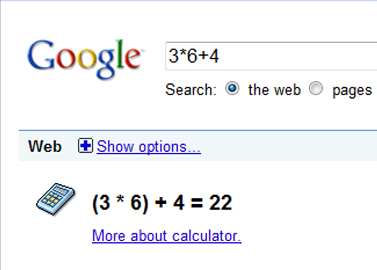Microsoft Excel | Page Two | Parenthasis
Guidelines focus on formulae (pl) but you might also endeavour to apply formatting (illustrated) where appropriate.
Page: 1 of 6 | 2 of 6 | 3 of 6 | 4 of 6 | 5 of 6 | 6 of 6
Parentheses (pl)
When studying maths, you may recall learning about BODMAS (mnemonic) – Brackets off, Divide, Multiply, Add, Subtract. We can perhaps use this here to help understand how Excel prioritises calculations in more complex formulae, further illustrating how one might use parentheses in the makeup of formulae to control output.
To simplify, we use the worksheet like a calculator. Bear in mind that one would otherwise use cell reference (covered on page one) in the makeup of formula, not data. As BODMAS suggests, Excel (where no bracket is present) firstly divides, then multiplies, then adds before subtracting.


Note (above) that Excel firstly multiplies, e.g. 3x6 (18) before adding (+4), giving a total of 22. Had we used parenthesis, the formula would have been entered as follows:


Try it in Google or Bing – exclude the = sign…
Where parentheses are used, the reference within the brackets is calculated first. Where two or more sets of parenthesis are used, the inner set is calculated first.
Be sure to apply parentheses correctly – in the following example brackets have been placed around the 6 and 4 to force Excel to calculate these two figures first.


Note above that parenthesis placed around the (6+4) forces Excel to calculate this first, affecting the way it would otherwise be calculated, returning a different result.
Remember to use cell reference, not numerical data, when entering formulae.
For example:






